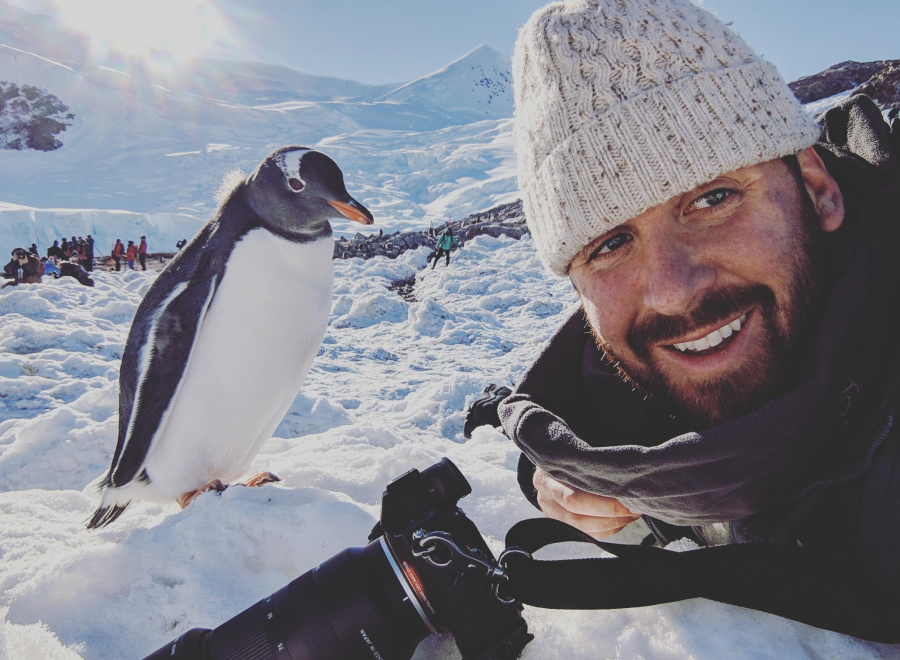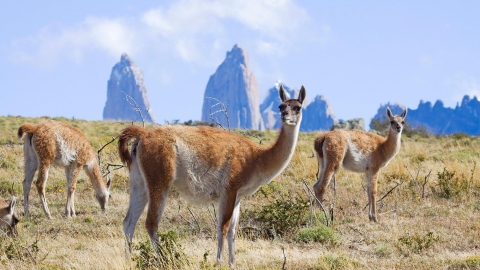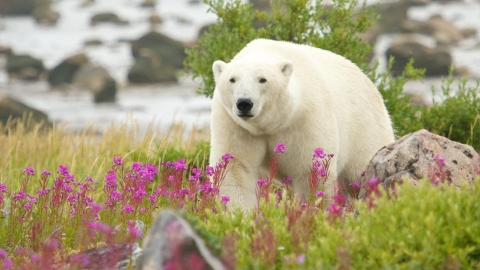At the International Penguin Conference in New Zealand, alongside serious discussions about the dangers of climate change and habitat loss, a seemingly unrelated issue was also raised: taking "selfies" with wild animals. Accordingly, experts are increasingly concerned that people trying to take the perfect photo with wild animals will negatively affect the behavior of that animal.

Researchers found that the number of selfies with wild animals on Instagram increased by 292% between 2014 and 2017 – and 40% of them were inappropriate because the person in the photo was hugging, holding, or otherwise interacting with the animal.
Professor Philip Seddon, Director of the University of Otago’s Wildlife Management Programme, told the Global Conference, held in Dunedin last week, that taking selfies with wild animals is “scary” and harmful to animals, causing physical and mental stress, disrupting feeding and reproductive habits, and potentially even reducing birth rates.
According to Professor Philip Seddon, a good selfie is one that does not involve direct interaction between the animal and the person, and the animal is not being held or imprisoned for the purpose of being photographed. However, in many places in New Zealand, tourists are often seen dancing with endangered sea lions, chasing rare yellow-eyed penguins, or trying to hug shy kiwi birds while taking photos. This action, along with the light of mobile phones, the noise and movement of selfie flashes, actually stresses the animals.

Philippa Agnew, Science and Environment Manager at the Blue Penguin Territory in Oamaru (east of New Zealand’s South Island), said wildlife selfies can be useful in raising awareness of conservation efforts. But in reality, tourists visiting Oamaru often block blue penguins from moving from the sea to shore, chasing them or trying to pick them up. Such actions can prevent the penguins from hunting for food or feeding their chicks.

So the conservation community is still trying to find ways to put wildlife selfies to good use, and has come up with the idea of targeting Instagram influencers to spread the message about how to interact safely with wildlife.






























